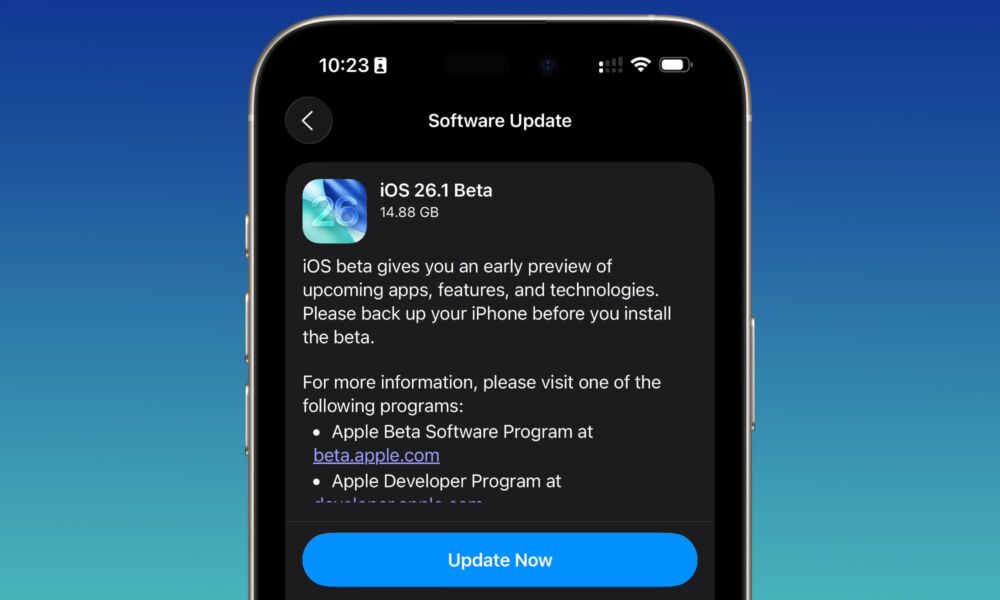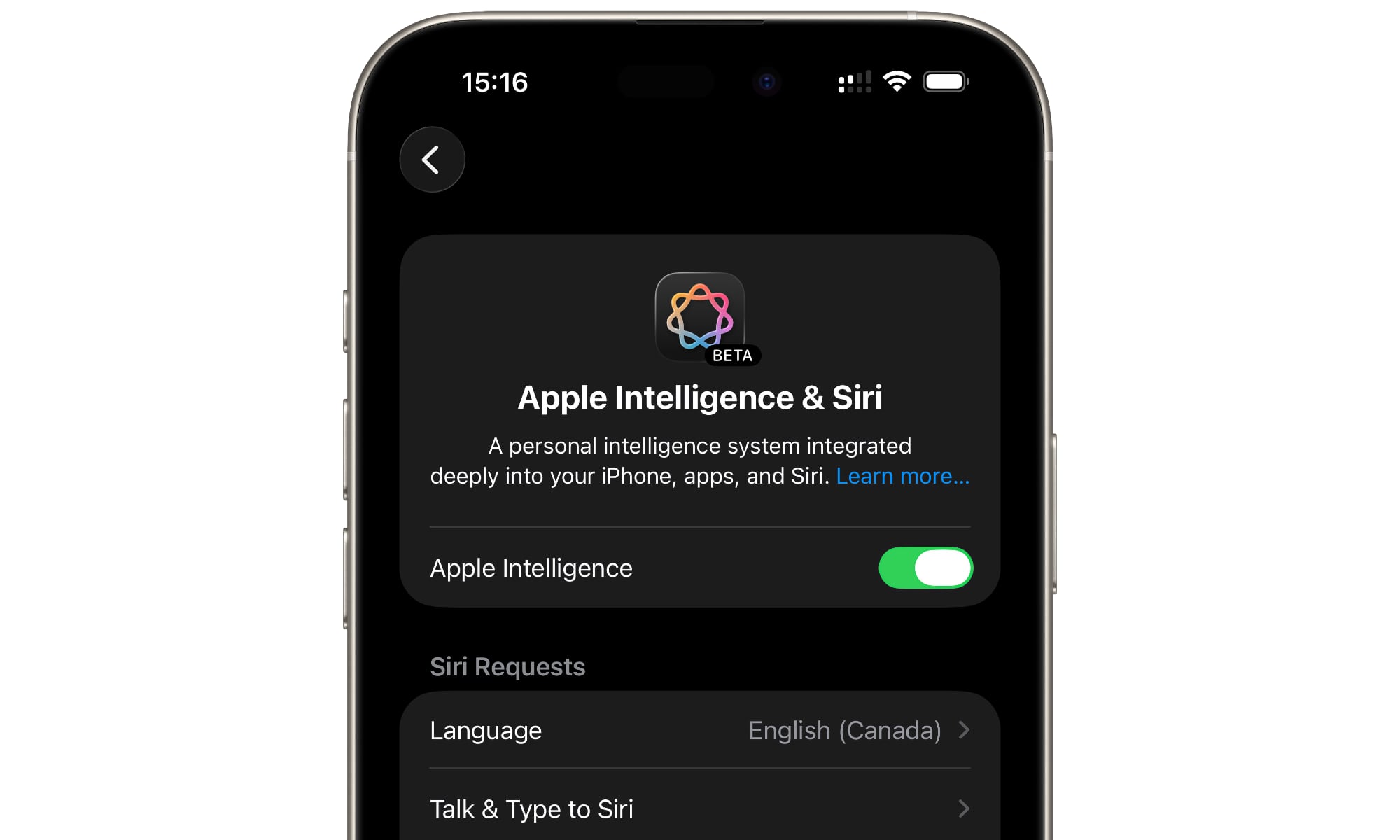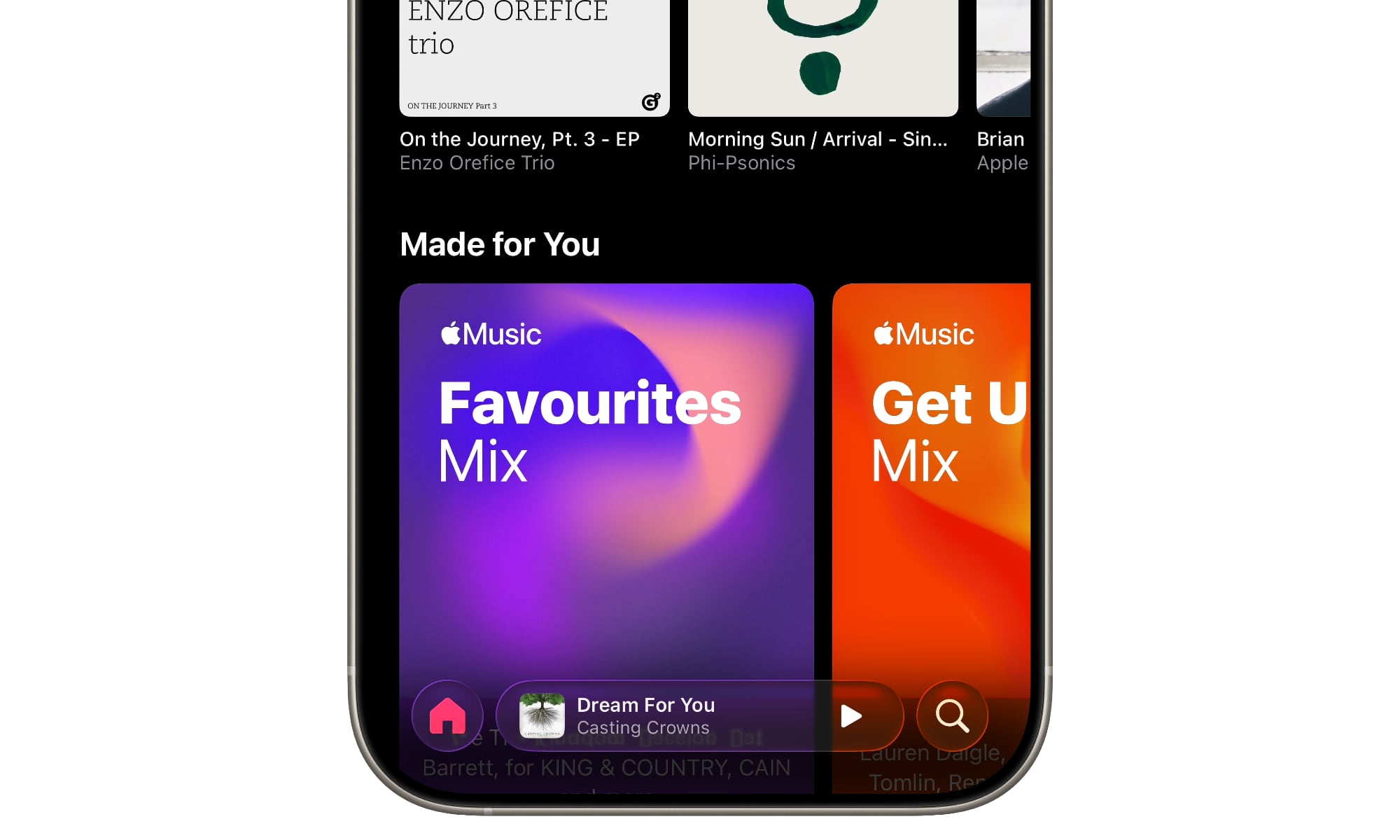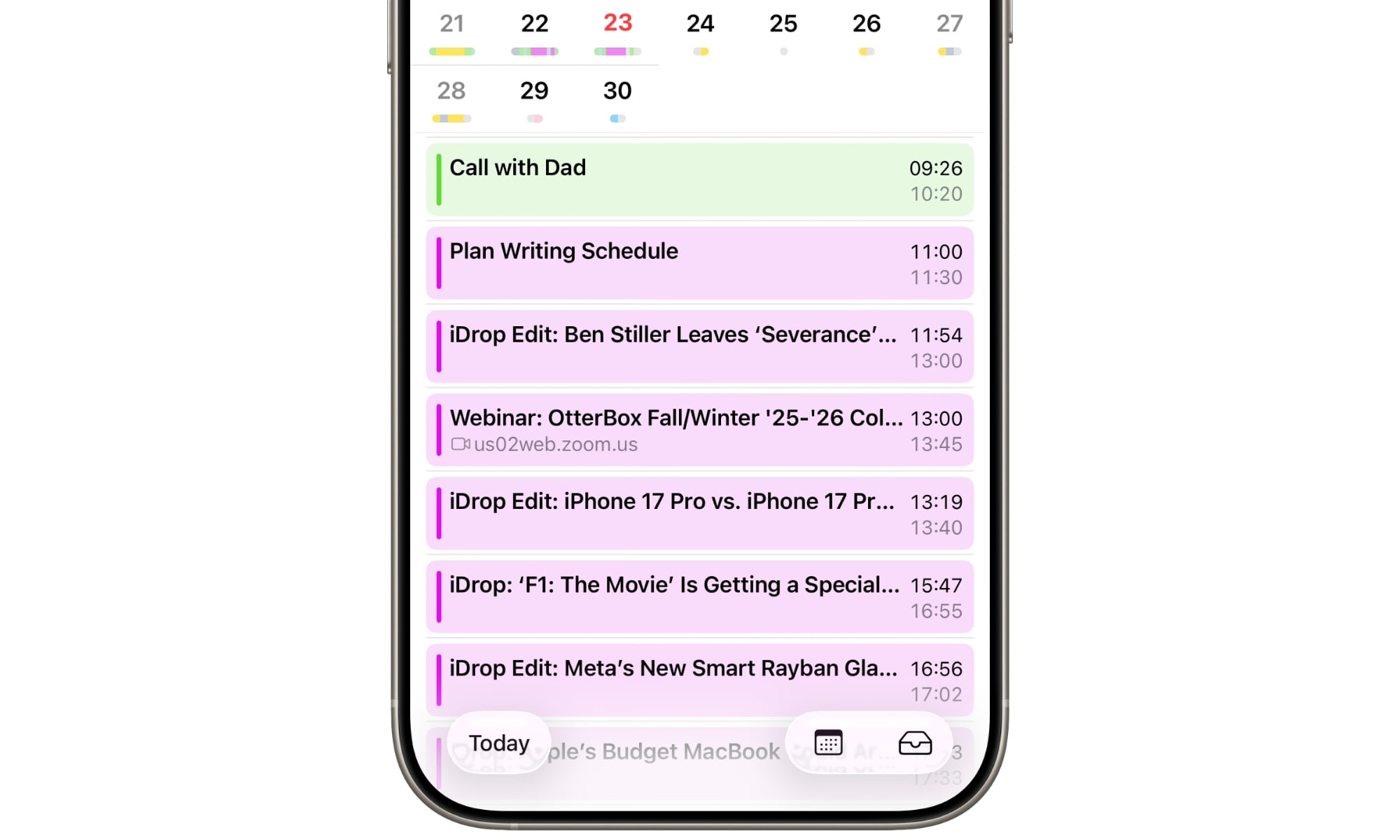Apple Releases First iOS 26.1 Beta to Developers | Here’s What’s Coming

Toggle Dark Mode
It’s barely been a week since Apple unleashed Liquid Glass upon the world in iOS 26, and now the company has just pushed out its first beta of iOS 26.1 to developers.
Although we’ll likely see a public release of iOS 26.0.1 in the next week or so, that version will simply polish up some of the bugs in iOS 26. It’s the new iOS 26.1 release that will likely usher in the next set of feature updates for this year’s iPhone update (and the corresponding updates for other platforms like the iPad and Mac). If Apple stays true to form, that will likely be released in mid to late October.
So far, this first official point release doesn’t appear to be adding any significant new features, but it’s also too early to tell if Apple has anything more in store. After last year’s staggered Apple Intelligence releases, not all of which arrived on schedule, Apple is being more circumspect about talking about major new features; unlike the Worldwide Developers Conferences (WWDC) of previous years, this June’s iOS 26 unveil focused solely on those features that would be ready for iOS 26.0, leaving us with no idea of what may show up beyond the September release.
Nevertheless, there are still some interesting tweaks in the first developer beta of iOS 26.1. There’s also one feature Apple advertised — support for digital US passports — that didn’t make the cut for iOS 26.0. To be fair, that may have more to do with outside agencies, such as the Transportation Security Administration (TSA) and the US State Department, than Apple. There’s no sign of it in this week’s iOS 26.1 beta, but that doesn’t mean it won’t show up by the time the final release arrives.
Meanwhile, here’s what’s new in the first iOS 26.1 developer beta.
Expanded AI Language Support
While iOS 18 point releases have already expanded Apple Intelligence to over 17 languages and regional dialects, it’s far from a global phenomenon just yet, especially since eight of those are dialects of English. Apple presumably had its hands full with iOS 26.0, as it didn’t add any new languages, but it looks like the company plans to rectify that in iOS 26.1.
None of these are surprises, as Apple promised in its iOS 26.0 press release that they’d all be coming later, but it’s nice to see that it’s not dragging its feet.
Specifically, the first beta adds support for Danish, Dutch, Norwegian, Portuguese, Swedish, Turkish, Vietnamese, and traditional Chinese. Simplified Chinese and Brazilian Portuguese were added in iOS 18.4, but iOS 26.1 will bring Portuguese support to Portugal, as well as a form of Chinese that’s more commonly used in Taiwan, Hong Kong, and Macau, which is probably helpful as Apple Intelligence remains unavailable in mainland China while Apple continues to work things out with Beijing.
Perhaps more significantly, Apple is also bringing more languages to its new Live Translation feature. Live Translation was launched with support for only five languages: English, French, German, Brazilian Portuguese, and Spanish. The company promised that Italian, Japanese, Korean, and simplified Chinese would be added by the end of the year, and it looks like iOS 26.1 is prepared to deliver those ahead of schedule, and then some, as both simplified and traditional Mandarin will be included.
Swipe to Change Tracks in Apple Music
In a relatively small but fun enhancement, iOS 26.1 will let you swipe left and right on the “Now Playing” MiniPlayer bar to switch tracks, with a nice transition effect and haptic feedback to confirm.
The MiniPlayer was redesigned in iOS 26 as part of the Liquid Glass treatment. While it initially appears above the button bar, much like it did in previous iOS releases, once you start scrolling, the controls at the bottom collapse and the MiniPlayer flows down to sit between them.
However, in either mode, you’ll be able to swipe left or right to skip to the next or previous track, which is helpful as the skip-next controls disappear once the MiniPlayer gets squeezed in between the menu and search buttons.
More Colorful Calendar Events
While Apple’s iPhone Calendar app didn’t get any love in iOS 26.0 beyond the new Liquid Glass design, Apple’s designers have made a small but interesting user interface tweak in iOS 26.1.
When viewing the calendar in the split Month-List view, the individual appointments now show the color of their assigned calendar across the entire width of the event.
Liquid Glass Video Scrubber
It’s unclear whether Apple missed this in iOS 26.0, but the scrubber that appears when playing back videos in the iOS 26.1 Photos app looks much more in line with the new UI design.
Liquid Glass Phone Keypad
Another bit of polish that Apple’s designers may have missed or simply not had time for is the keypad in the Phone app. These had some Liquid Glass effects in iOS 26.0, but now the numbers get a glassy treatment that’s even more effective.
Under the Hood
Several code sleuths have also found evidence of some security and AI improvements under the hood, including the renaming of “Rapid Security Responses” to “Background Security Improvements,” which suggests that Apple might begin deploying critical security updates differently.
The folks at 9to5Mac have also found code that suggests Apple is preparing to add more third-party image generation models to its Image Playground. With iOS 26.0, Apple expanded its partnership with ChatGPT to include Oil Painting, Watercolor, Vector, Anime, and Print styles to its in-house Animation, Illustration, and Sketch styles. Apple has already reportedly been working with Google to add Gemini as a second Apple Intelligence extension, and its new “Nano Banana” image generation tool has proven quite popular, so it’s possible it may be next in line for Image Playground.
Along similar lines, there’s also evidence that Apple is building in support for the Model Context Protocol (MCP), which provides a universal interface between AI systems and data sources. This protocol is already widely used by other leading AI companies like Anthropic (which introduced it), OpenAI, and Google. Nevertheless, Apple is likely laying the foundation for the new Siri, which is still not expected to arrive until early 2026, as that’s where it would most likely be applied.










